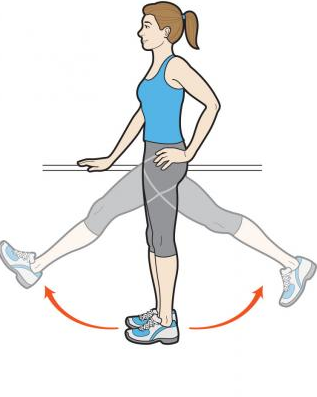Tip 1 – Nutrition
If you think of your body as an engine it makes logical sense to make sure that you are putting top quality fuel into the engine. For exercise the fuel you need to pay attention to is the food and liquid that you consume. Make sure you’re getting 40% carbs, 40% protein and 20% fats in your diet, as well as some good, nutritious food to keep you strong. Make sure you eat well in the days leading up to the Half Marathon and work out your nutrition plan for the morning of the event, for during the event and of course post event to replace the energy you have expended
Tip 2 – Hydration
It is very important to keep yourself hydrated before, during and after your Half Marathon. Drinking little and often during the event is the best advice. Water is the safest and easiest drink to take but if you are drinking other drinks only consume those that you are used to. Do not try new products for the first time during the event in case they cause you problems and discomfort .Avoid fizzy drinks totally.
Tip 3 – Your running shoes and socks
Having a good pair of running shoes which you have already worn in during training is important for your Half Marathon. Running in shoes which aren’t broken in can cause injury and pain. Wearing a comfortable tight fitting pair of socks is also advisable.
Running in comfortable clothing that doesn’t rub or chaff on your skin as well as being suitable for the weather conditions on the day of the event is important and once again it is worth seeking professional advice when buying any clothing.
Tip 4 – Start Slowly
Hopefully you are feeling enthusiastic and excited about the Half Marathon but it is important to begin cautiously, no matter what your current level of fitness. Don’t set off too fast and find you are struggling by the time you get to half way.
Tip 5 – Set yourself a pace
It is advisable to decide upon a pace that you will run per kilometre or mile in your Half Marathon . Work out a comfortable pace that you can use to get you to half way and if you are feeling good at that stage you can increase the pace slightly for the second half of the run. Running in this fashion, which is known as running a negative split, will help you to avoid “hitting the wall” and having a negative physical and psychological experience from your Half Marathon.
Tip 6 – Warming Up, Cooling Down and Stretching
It is essential to include a warm up, cool down and stretch before and after the event. This will only add about 10 minutes to your preparation / recovery but is invaluable in preparing your body for the event and for aiding recovery.
Tip 7 – Taper properly
It is important to taper – ie reduce your training load – in the 10 days or week leading up to your Half Marathon. Rather than having long runs in your legs once you get to the start line try to be well prepared but feeling fresh and ready for the run.
Tip 8 – Plan your day
It is important to plan your travel and parking plans for the Half Marathon. One sure way to undo all of your training and effort is to arrive at the start line in a flustered state of panic. Check to confirm the best place to park which allows you easy access to the start line and an easy exit postrace or if travelling by public transport the most convenient bus stop or station.
Tip 9 – Car Keys, Mobile Phones and Bin Bags
How many people have you seen at the start of races asking the organisers where they can leave their car keys and/or their mobile phones only to be told that the organisers , understandably , won’t accept or take responsibility for them? Pre plan to work out where you are going to leave them or who you are going to leave them with and how you will get them back after the event.
You are most likely going to have some time standing around waiting for the event to start once you have warmed up. In order to keep warm and dry bring old clothes which you are happy to leave behind once you have started your run or bring a large bin bag and simply make some holes for your arms and head. This will keep you warm and dry.
Tip 10 – The Week before the Half Marathon
Whatever training you have completed by the time the week of the event is what you have got to work with. Suddenly putting in extra training / different training in the last few days before the event won’t be of any benefit and in fact may be detrimental to you performance . Trust yourself and follow the advice re pace, nutrition and hydration and relax and enjoy the experience.

